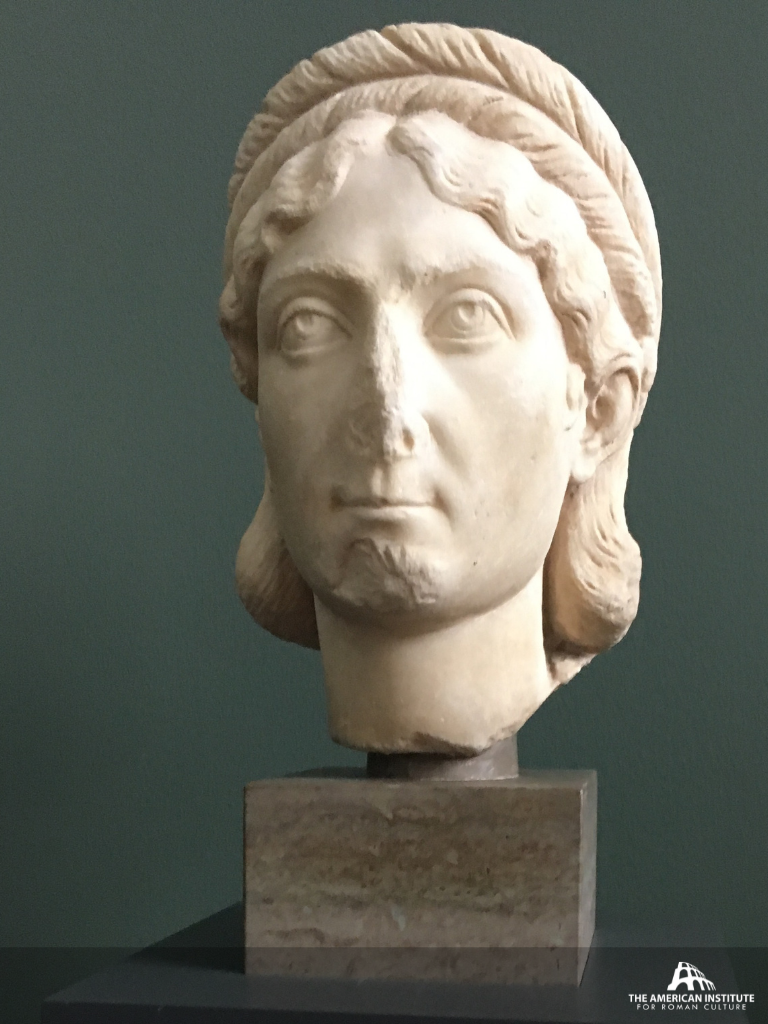Official Name: FLAVIA JULIA HELENA AUGUSTA
Birthdate: 248/249 CE
(Eusebius, Life of Constantine, 3.46)
Birthplace: Drepanum (city in the province of Bithynia, modern-day Turkey).
(Sozomen, Ecclesiastical History, 2.2.5) (Procopius, On Buildings, 5.2.1-5)
Reign: Helena was the mother of Constantine I, who ruled as emperor from 306-337 CE.
(Eutropius, Short History of the Roman Empire, 10.2 & 10.8)
Marriages: Helena had a relationship with Constantius Chlorus, a future emperor of Rome, between 270 and 290 CE. The nature of their relationship is not clear. Some sources refer to Helena as his wife, while others call her a concubine.
Constantius Chlorus (270-290 CE)
(Zosimus, New History 2.8.2) (Eutropius, Short History of the Roman Empire, 10.2)
Children: Helena and Constantius Chlorus had one child together – a son named Constantine. After Constantius Chlorus’ death in 306 CE, his troops declared Constantine emperor.
Constantine I (son by Constantius Chlorus)
(Zosimus, New History 2.8-9)
Death: Helena died of natural causes in 328/329 CE in Rome, Italy. She lived to be 80 years old, and her son Constantine was present at her deathbed.
(Eusebius, Life of Constantine, 3.46)

Seated Statue of Helena, Musei Capitolini, , Rome, November 2018

Possibly the Head of Helena, NY Carlsberg Glyptothek, Copenhagen, September 2018

Inscription to Helena, Santa Croce in Gerusalemme, Rome, May 2017
248
(Eutropius, Short History of the Roman Empire, 10.2) (Ambrose, On the Death of Theodosius, 42)
324
326
(Socrates Scholasticus, Ecclesiastical History, 1.17) (Eusebius, Life of Constantine, 3.41-43)
This content is brought to you by The American Institute for Roman Culture, a 501(C)3 US Non-Profit Organization.
Please support our mission to aid learning and understanding of ancient Rome through free-to-access content by donating today.
Cite This Page
Cite this page as: Darius Arya, The American Institute for Roman Culture, “Helena” Ancient Rome Live. Last modified 5/9/2022. https://ancientromelive.org/Helena/
License
Created by The American Institute of Roman Culture, published on 5/9/2022 under the following license: Creative Commons: Attribution-NonCommercial-ShareAlike. This license lets others remix, tweak, and build upon this content non-commercially, as long as they credit the author and license their new creations under the identical terms. Please note that content linked from this page may have different licensing terms.


